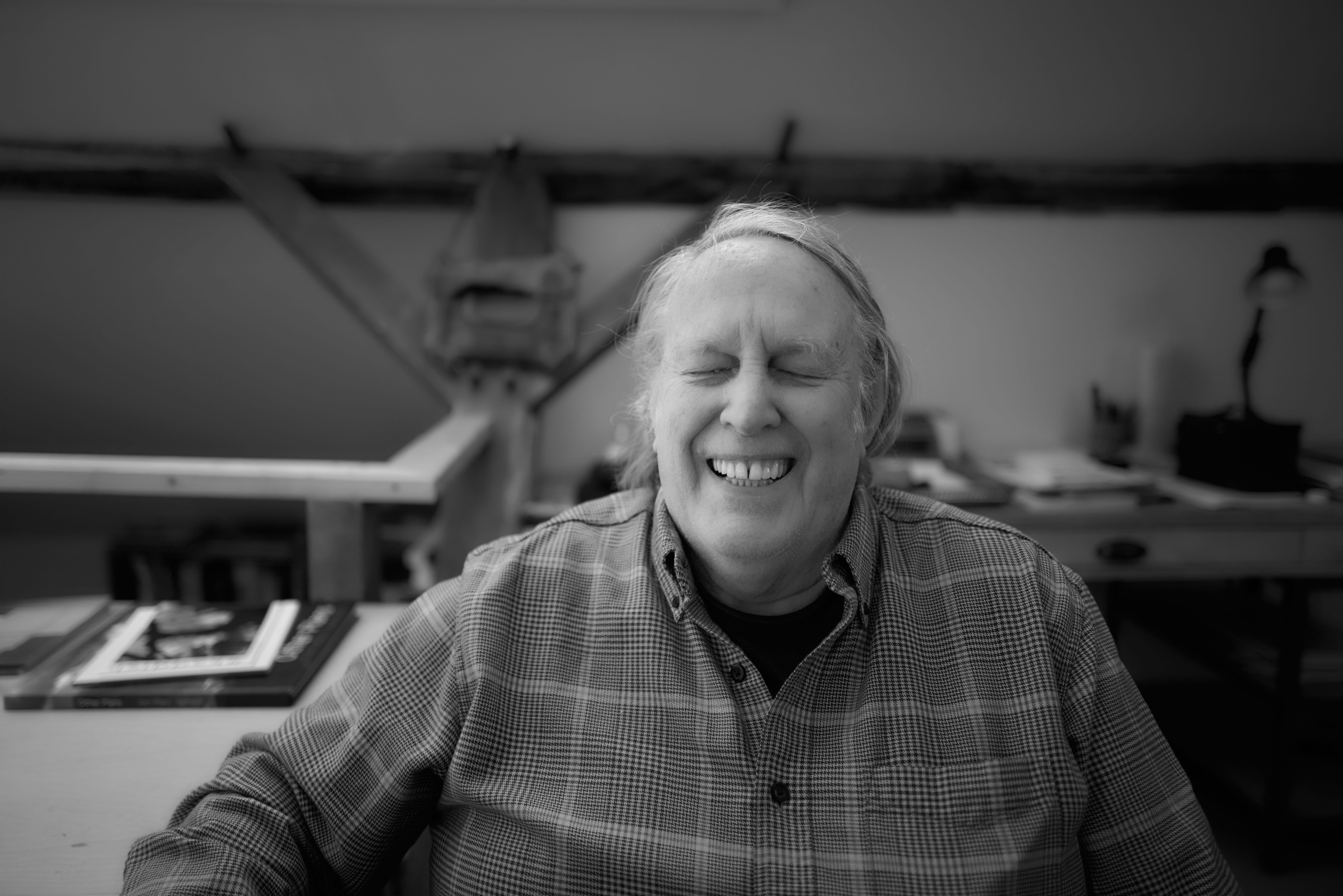I arrived in the United States a few weeks after I turned sixteen and within a few months found myself somewhat miraculously in an alternative high school in the lusher precincts north of New York City. I’d been on a pre-med trajectory until then, going to be a doctor (like my dad), but suddenly there were the Existentialists. Jean-Jacques Rousseau. Virginia Woolf and William Faulkner. Sisyphus.
And Sam Lovejoy.
Sam Lovejoy? Well yes. The first class I took at the A-School was called “Walden and Civil Disobedience”. A small group of us sat outside in the balmy early Fall days and read the whole of Walden out loud to each other. We took no other classes for six weeks. And we watched a documentary that showcased the then-state-of-the-art in civil disobedience, namely “Lovejoy’s Nuclear War”, in which our hero, Sam, takes it upon himself to single-handedly take down a 500 foot tower that had been erected near the town he lived in by the regional energy utility to measure wind velocities at various altitudes. Because they planned to build a nuclear power plant there.
The tower came down at 2am on a freezing February morning. Sam describes it rhapsodically in the movie, how the last cable whipped the air after he unbolted it, how it wrapped itself around the tower, which crumpled and crashed to the ground. He turned himself in to the police, manifesto in hand. There was a court case. It was thrown out on a technicality—Sam was a little disappointed because he’d wanted a full trial. But he became an icon of the American anti-nuclear movement—many even called him its progenitor (this was a few years before Three Mile Island). Whatever—he cemented himself in the folklore of the left, and (more parochially) in my own impressionable mind. I’ve always thought fondly of him and what his hippy self represented to me when I was growing up.
Six months ago Duston and I decamped from the New York metropolitan area—I’ve been identifying as a New Yorker for 47 years now—for the gentle village of Montague, in western Massachusetts. I never put it together, but Montague was the location of the tower, and of Sam. The tower is gone and the nuclear power plant never happened, but Sam is still here. Not only that: he lives four doors away from me on Main Street!
Montague is pretty tiny. Everyone seems to know everyone else. People here are engaged, they care. It’s a community, in an old story-book kind of way. Right now there’s an Oral History initiative going on, an attempt to capture some of the stories of the place from people who’ve been here a long time, people like Sam. When I signed up to interview people, I immediately indicated that I wanted to interview him for the project.
He came over to my studio last weekend. We sat and chatted for two hours. More accurately, he sat and regaled me for two hours (fair enough—that’s why he was here, after all). And he did not disappoint! Now in his mid-seventies, and a little thicker around the middle, but that twinkle from almost half a century ago is absolutely intact, perhaps even a bit brighter, as he talked about his life as an activist, a gadfly, a royal pain in the ass. What he drew, more than anything, was a portrait of a man who’d lived his life with passion and a belief in doing the right thing for his fellow being, and if it meant breaking an egg or seven, or ignoring a pesky law or becoming seriously adept at working WITHIN the law (he went to law school years after the tower), so be it. By any means necessary? Meet Sam!
My early-life respect and affection for the then-unmet twenty-something Sam of the movie is now augmented by a much more nuanced appreciation for what he inadvertently helped launch in my own life, and the way that he helped shape me and the way I see the world.
What an unexpected privilege and joy it is to know him.





Just wonderful…..in every possible way.
Sam seems to be one of a kind, Jon-Marc. So glad it all came full circle. In your studio no less! Hope you're well this week? Cheers, -Thalia